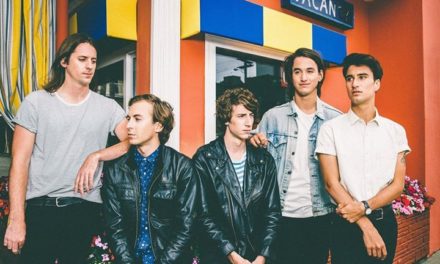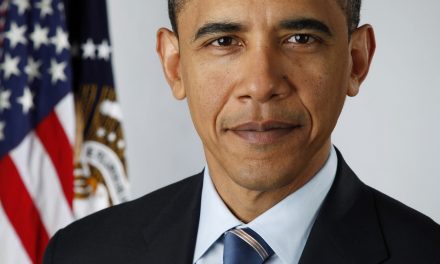Writing an unplanned sequel to a standalone book can either be amazing or terrible depending on the execution (see “Legendary” by Stephanie Garber and “The Cursed Child” by J.K. Rowling, John Tiffany and Jack Thorne). “Ready Player Two,” the sequel to Ernest Cline’s 2011 bestselling novel “Ready Player One,” falls squarely in the second category.
The books, filled with 1980s nostalgia, are set in a futuristic America dominated by a virtual reality world called the OASIS that millions use to escape their daily lives. Book one follows Wade Watts as he completes a series of quests to win the grand prize. The sequel, published on Nov. 24, essentially copies its predecessor’s plot while ruining the characters the first book had previously built up.
As a fan of “Ready Player One,” I worried about the necessity of a sequel because the story seemed finished. Billionaire James Halliday devises a virtual reality contest surrounding 80s-themed trivia and games, and the winner wins Halliday’s fortune and ownership of his technology company. A large corporation, IOI, sends in thousands of workers to steal Halliday’s technology, and underdog Wade Watts races against IOI to ensure Halliday’s fortune doesn’t fall into the wrong hands. The first book story ends clearly: Wade Watts wins the competition fair and square. So what more is there to tell?
“Ready Player Two” picks up with Wade Watts trying his hand at another quest created by Halliday. This time, though, a corrupted AI threatens to kill all participants if Wade doesn’t complete the quest in one day. Much of what happens doesn’t make sense — many different plotlines are cobbled together and forced. Cline shoves trivia-based tasks in book two haphazardly, causing the whole competition to feel dull and formulaic — Wade can’t even solve the first clue and many of the other solutions are conveniently found by him and his friends. The plot is an excuse for Cline to demonstrate his own knowledge about the 80s, even though no one asked.
Between the two books, Wade’s personality transforms drastically and problematically. In “Ready Player One,” Wade, portrayed as a likable underdog, fought an evil megacorporation for the safety of everyone in the OASIS. In book two, however, he becomes the corporation. In book one, Wade sexualizes the women around him. In book two, however, Cline poorly attempts to brush away this problematic behavior by changing Wade into an all-accepting and all-knowing individual. And, still, there are long, poorly written passages of Wade explaining his lurid sex life ad nauseum. In one such passage, Wade states he’s gotten a taste of “several different flavors of straight and gay and nonbinary sex, just out of pure curiosity.” He botches any opportunity for redemption and instead reduces gender identity and sexuality to flippancy. This paragraph also follows Wade stalking a trans woman and learning her assigned sex a complete violation of privacy, respect and dignity.
Wade’s creepy actions and dependence on technology pays off in the end. Cline endorses technological supremacy and never truly addresses its deeply seated negative externalities. The hopeful ending from the original tale is ruined — the characters’ newfound power isn’t used to combat societal ills. Overall, “Ready Player Two” only seems to taint my memory of the first book; unless you weren’t satisfied with “Ready Player One”’s ending, this book could be for you. Otherwise, save yourself the headache and skip it.
Bridget Barnsley (20Ox, 22C) is from Orange, Connecticut, double majoring in English and creative writing and film and media management. Her hobbies include books, movies and TV, and she can be found online discussing all of the above. She also works as the book reviewer for the independent e-zine, The Elephant Ladder. Contact Barnsley at bridget.fiona.barnsley@emory.edu.






